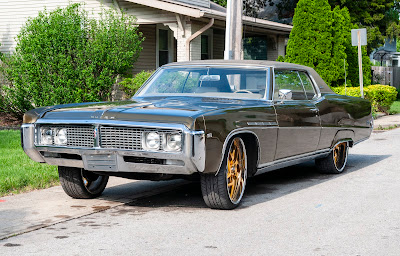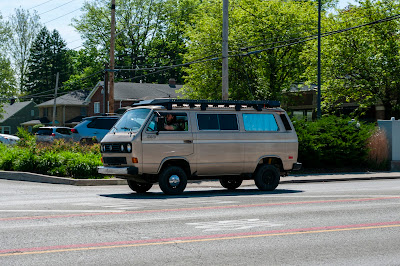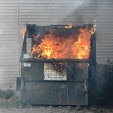Similarly, when Olympus put out its first DSLR, the E-1, the Four Thirds system represented a clean break from its prior film SLR legacy. All the lenses were from a clean sheet of paper.
The other DSLR makers in the first decade of this millennium were attempting to bridge a gap to prior technology. Nikon, Pentax, and Sony all offered cameras with focus motors in the camera body which operated the lens focus via a screw drive.
I was reminded of this yesterday when I had the Sony a700 out for a walk with the 18-200mm zoom lens on it.
I'd been hoping for birds or squirrels, but when I went to shoot some flowers close-up, the whirring as the focus motor spun the lens all the way to the other extreme seemed interminable...



















































